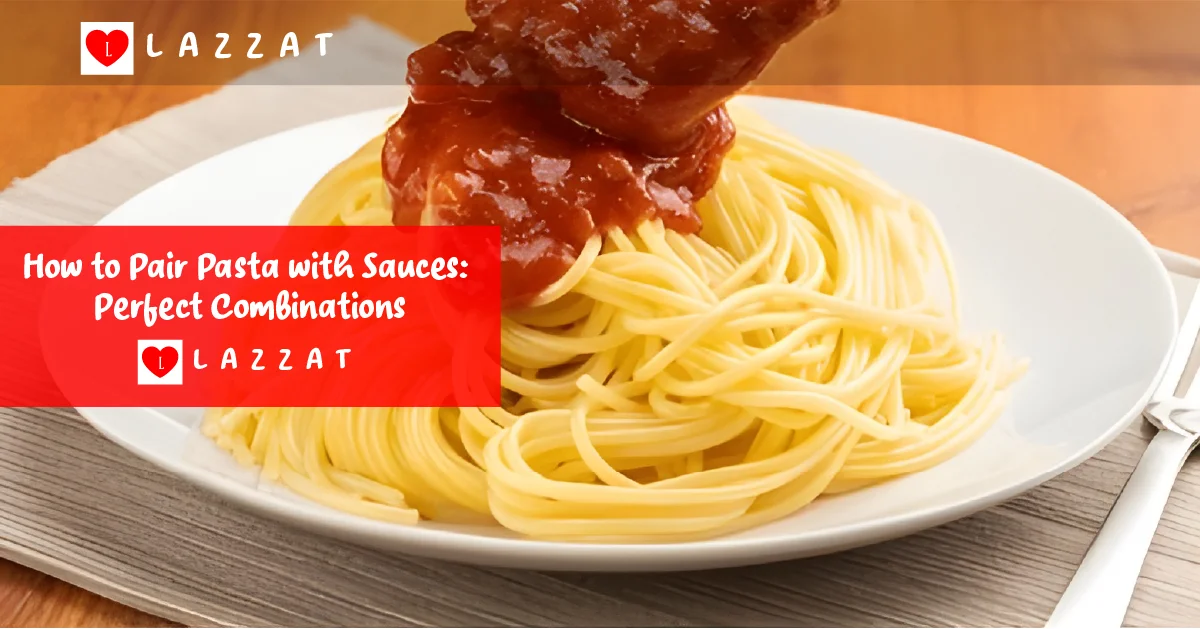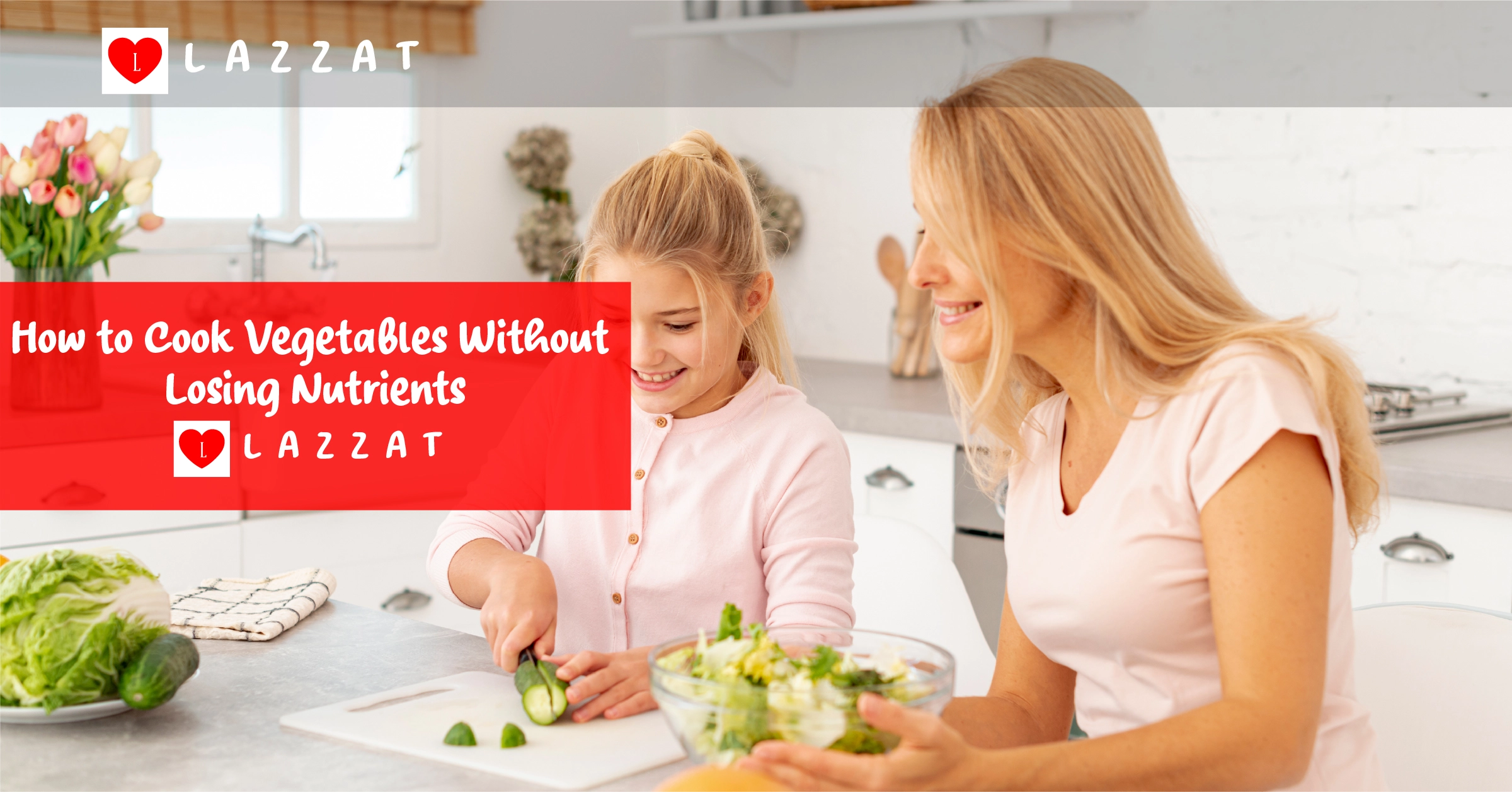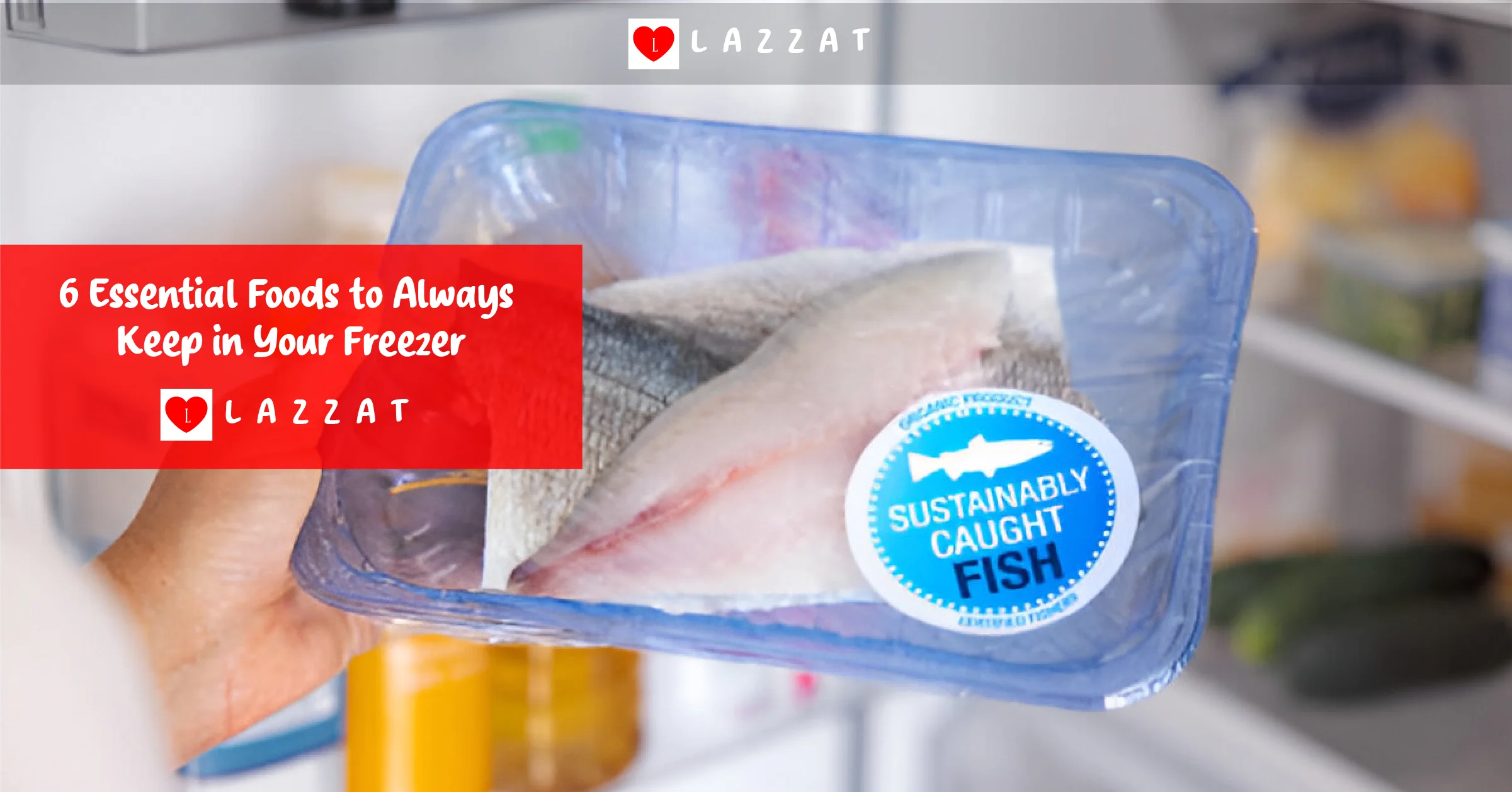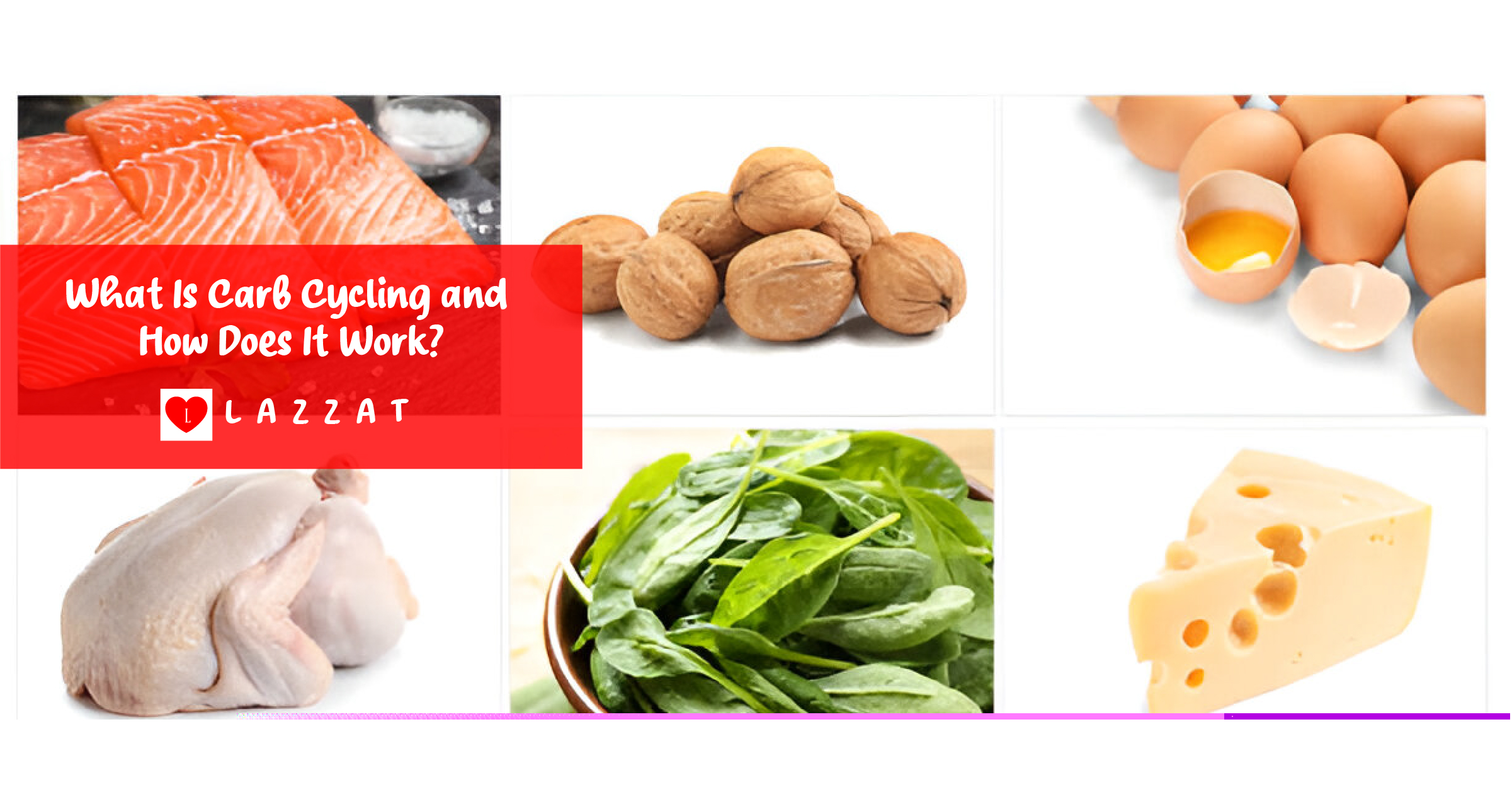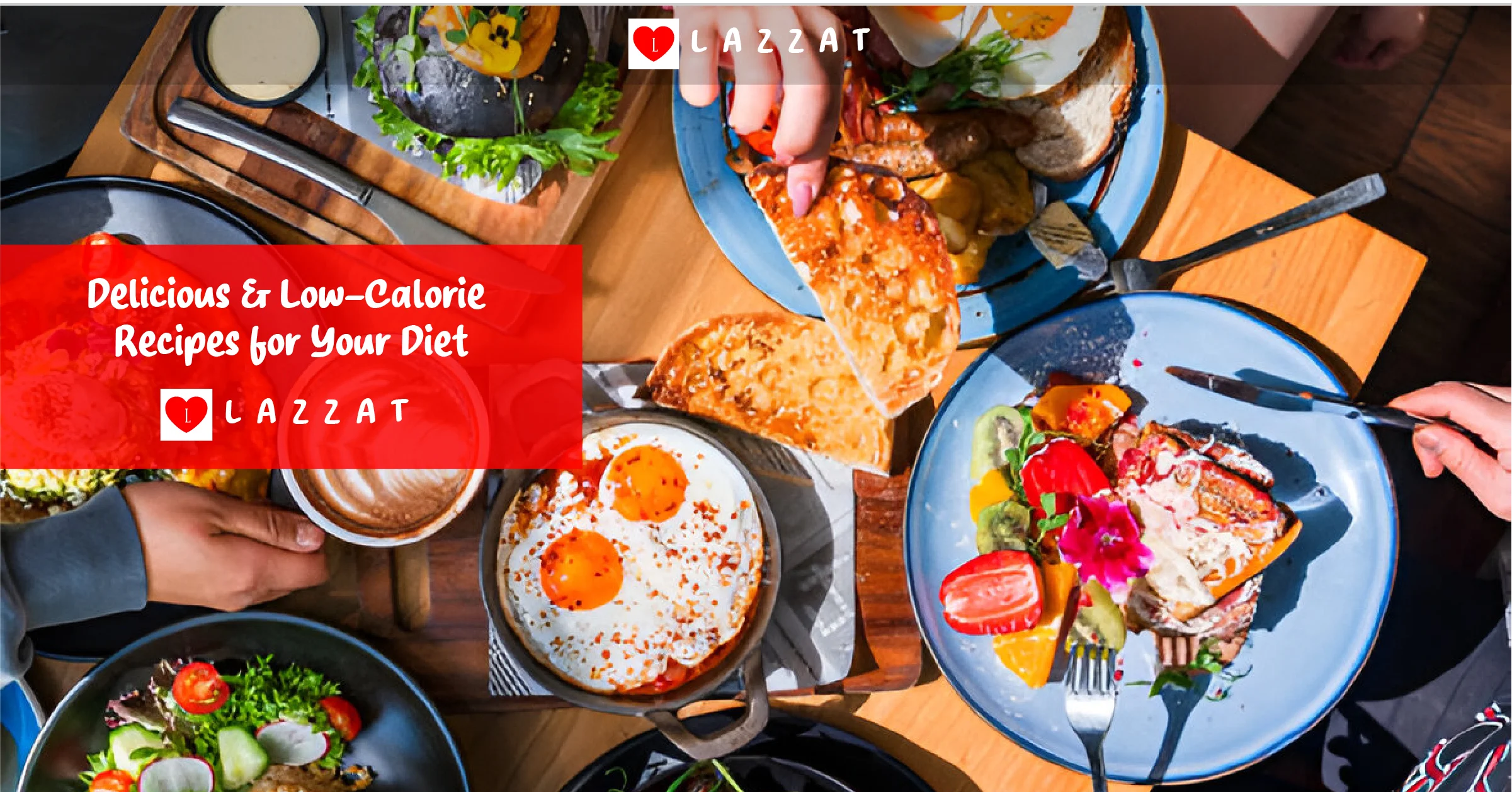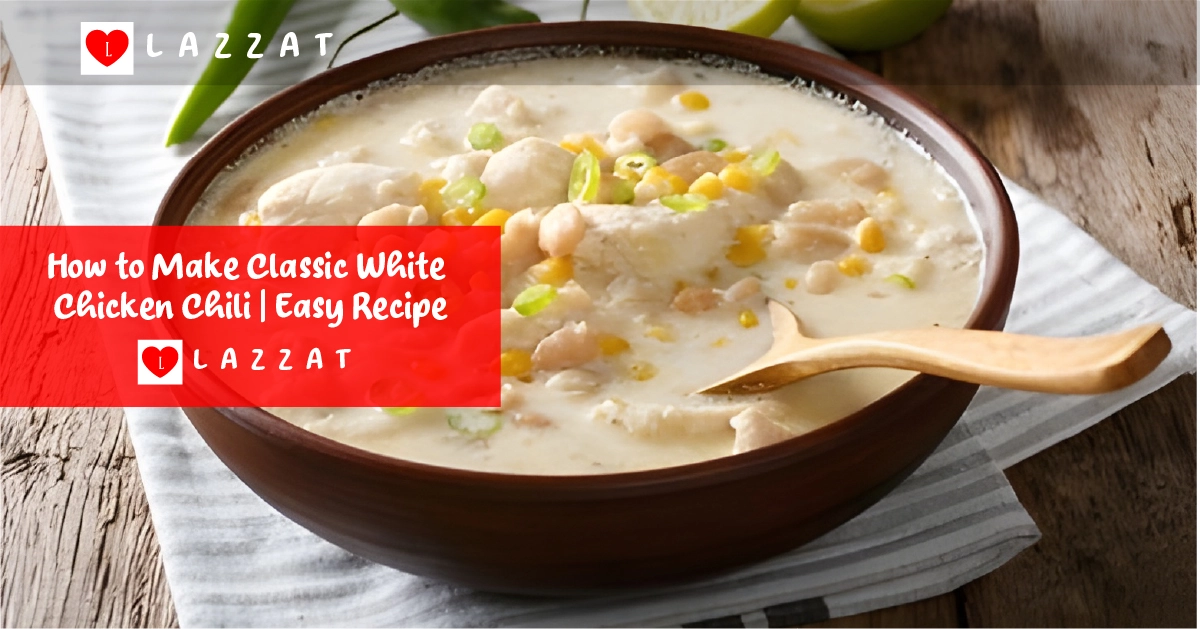As the sun sets, the smell of grilled fish fills the air. It invites you to enjoy a seafood feast. Fishing is a beloved hobby, offering excitement and a tasty meal. But to fully enjoy your catch, lear...
Ever thought about making your pasta dishes even better? The trick is to find the right sauce to go with it. In Italian cooking, the right match between pasta and sauce can make a meal truly special. ...
Ever thought about how to cook vegetables without losing nutrients? The way you cook can greatly affect the nutrients in your food. Learning how to preserve these nutrients is crucial for healthier me...


